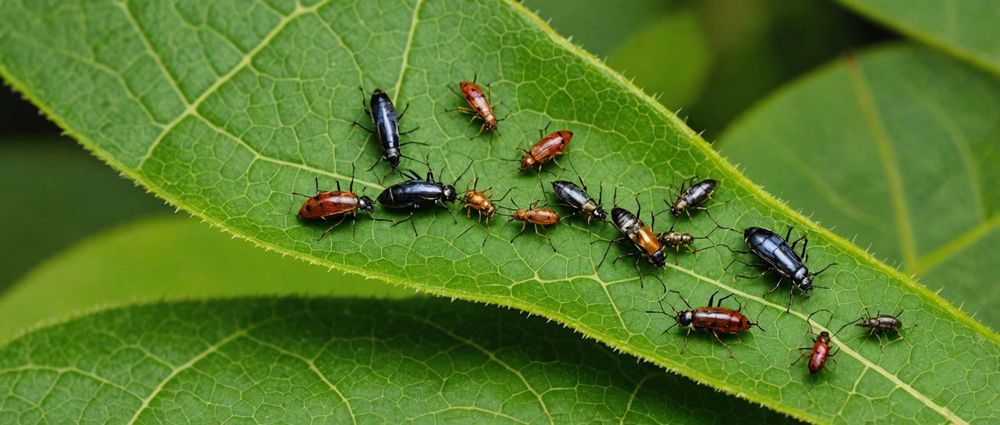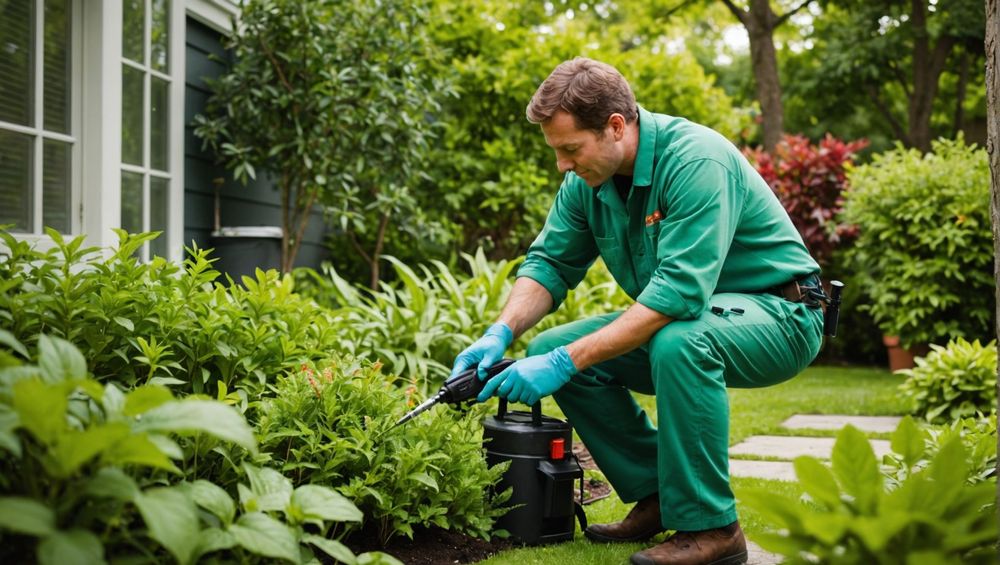Climate change is dramatically altering ecosystems around the globe, and its effects ripple into pest control practices. Rising temperatures, shifts in rainfall patterns, and extreme weather events all influence pest populations, breeding cycles, and the distribution of various species. This article delves into how climate change is affecting pest control, emphasizing the implications for agricultural practices, public health, and ecological balance.
The Impact of Rising Temperatures on Pests
One of the most direct effects of climate change is the increase in average temperatures, which impact pests in several ways. Warmer temperatures can accelerate pest life cycles, leading to more generations per season. This means that pest populations can grow more rapidly, increasing their numbers and the potential for damage to crops and structures. Additionally, some pests that were once confined to warmer regions are migrating to cooler areas, establishing themselves in new environments often unprepared for their presence.
Furthermore, temperature increases may lead to enhanced survival rates for pests during winter months. There are several key implications of this phenomenon:
- Increased feeding activity during warmer winters can allow pests to damage crops earlier in the season.
- Long-lived pest species may become more prevalent, enabling them to outcompete native organisms.
- Crops may become more susceptible to accelerated pest invasions due to changes in their phenology.
Altered Rainfall Patterns and Pest Populations

Climate change is also leading to altered rainfall patterns, which can have a profound impact on pest populations. While some pests thrive in humid conditions, others may find excessive moisture detrimental. For instance, prolonged periods of rainfall may create favorable conditions for mold and fungal diseases that affect both crops and livestock but may reduce populations of certain insect pests.
Moreover, irregular rainfall can lead to drought conditions, overwhelming natural pest control organisms such as beneficial insects. This imbalance can result in an increase in pest populations that reproduce more rapidly due to lack of predation. The implications of altered rainfall patterns are significant, including:
- Fluctuations in pest life cycles based on available water sources.
- Increased breeding sites for mosquitoes, thereby raising public health concerns.
- Potential for crop failures due to pest infestations exacerbated by unsustainable farming practices.
Extreme Weather Events and Pest Control
Extreme weather events, such as hurricanes, droughts, and heavy storms, are becoming more common due to climate change. These disruptive phenomena can create temporary impacts on pest populations. For example, heavy rains can wash away pests and their eggs, leading to short-term control. However, these events can also create new opportunities for pests to thrive once conditions stabilize. For example:
- Hurricanes may disperse pest species over large areas, allowing them to colonize new habitats.
- Altered landscapes after such events can create niches for invasive species, making traditional pest control methods ineffective.
- Pests might find more favorable growth conditions due to increased availability of organic material post-disaster.
Sustainable Pest Management Strategies

In response to the changing dynamics of pest populations due to climate change, the pest control industry is shifting toward more sustainable practices. Integrated Pest Management (IPM) strategies that combine biological, cultural, and mechanical control methods are increasingly being adopted. These methods aim to mitigate pest populations while minimizing the use of chemical controls, which can further disrupt ecosystems. Key strategies include:
- Encouraging beneficial insects that naturally prey on pest species.
- Implementing crop rotation to disrupt pest life cycles.
- Utilizing weather data to anticipate pest activity and optimize control measures.
These strategies require adapting to the ongoing changes brought about by climate shifts and prioritizing long-term ecological health.
Conclusion
Climate change presents a series of challenges for pest control, affecting pest populations and their management in complex ways. The interconnected dynamics of rising temperatures, altered precipitation patterns, and extreme weather events necessitate a reevaluation of traditional pest control methods. As pest populations become increasingly unmanageable due to these factors, embracing sustainable pest management practices is paramount for both agricultural resilience and public health. Addressing the implications of climate change on pest management not only involves adapting strategies but also advocating for policies that prioritize ecological balance in an uncertain future.
FAQs
1. How does climate change specifically increase pest populations?
Climate change leads to warmer temperatures and altered weather patterns, which in turn can accelerate pest life cycles and expand their habitats, allowing them to thrive in areas they previously could not.
2. Are there any pests that are less affected by climate change?
Some pests, particularly those adapted to extreme conditions, may not be directly affected. However, many native species are at risk of being replaced by invasive pest species that benefit from changing climates.
3. What are Integrated Pest Management (IPM) practices?
Integrated Pest Management (IPM) involves using a combination of biological, cultural, and mechanical methods to manage pest populations sustainably, reducing reliance on chemical pesticides.
4. How can farmers mitigate the impact of pests due to climate change?
Farmers can adopt crop rotation, diversify plantings, and promote beneficial insect populations to enhance natural pest control, while also utilizing weather data to time pest management actions effectively.
5. Is climate change affecting human health related to pest populations?
Yes, climate change is exacerbating pest-related health issues, especially with pests like mosquitoes that can spread diseases. Warmer temperatures and increased rainfall enhance breeding conditions, leading to higher disease risks.


